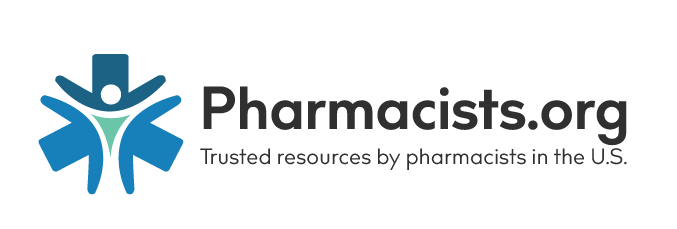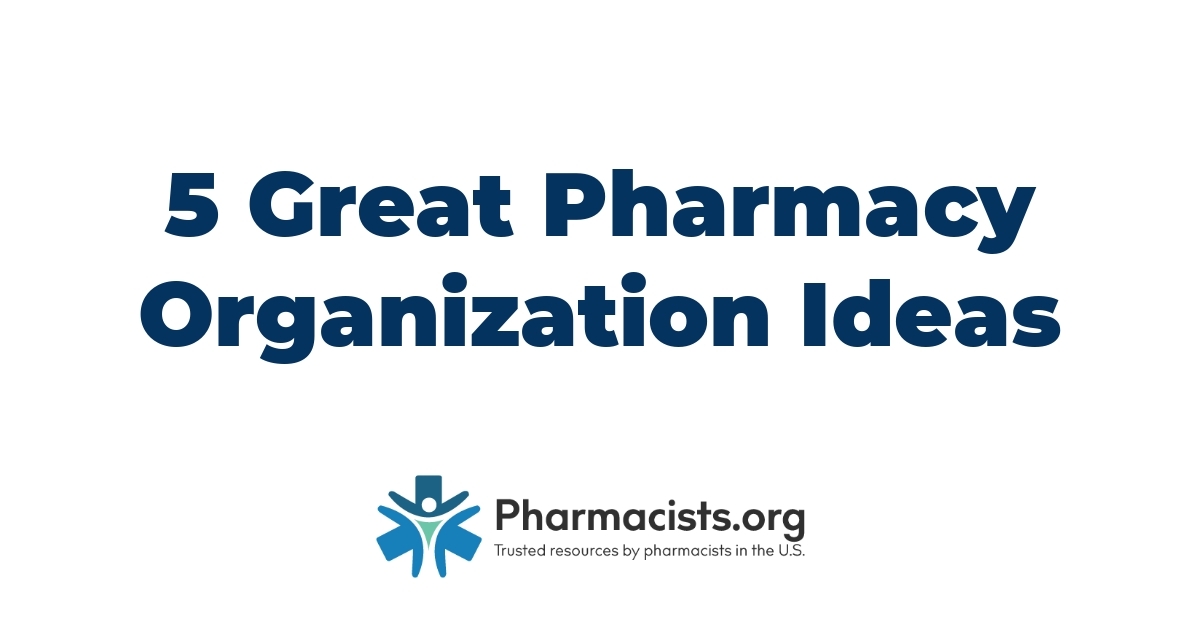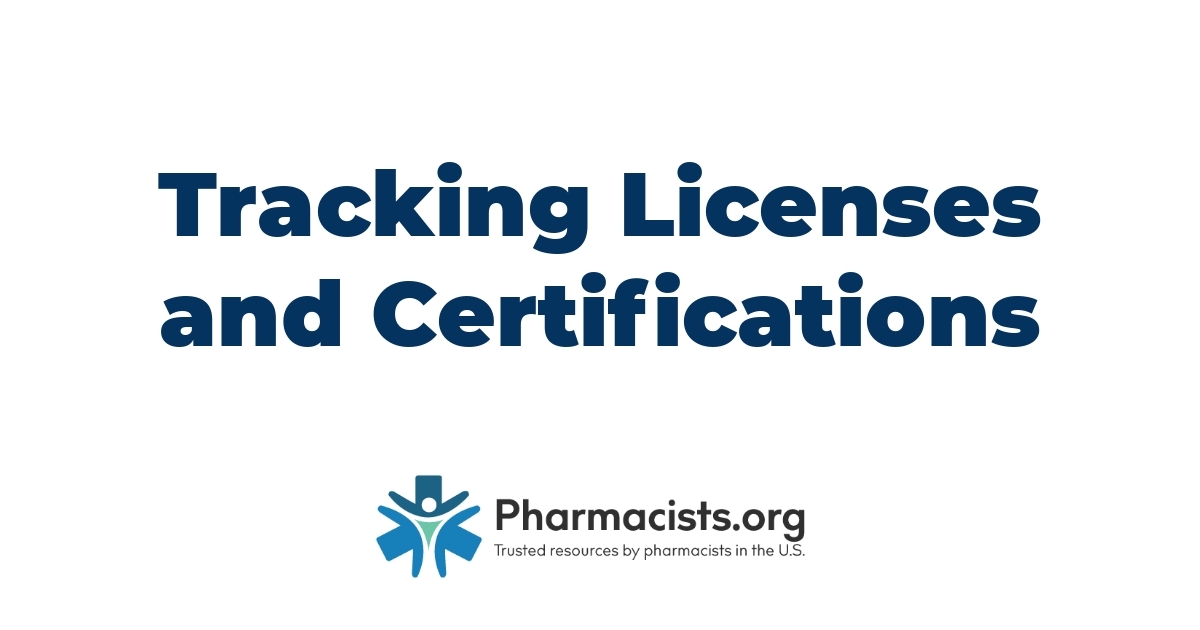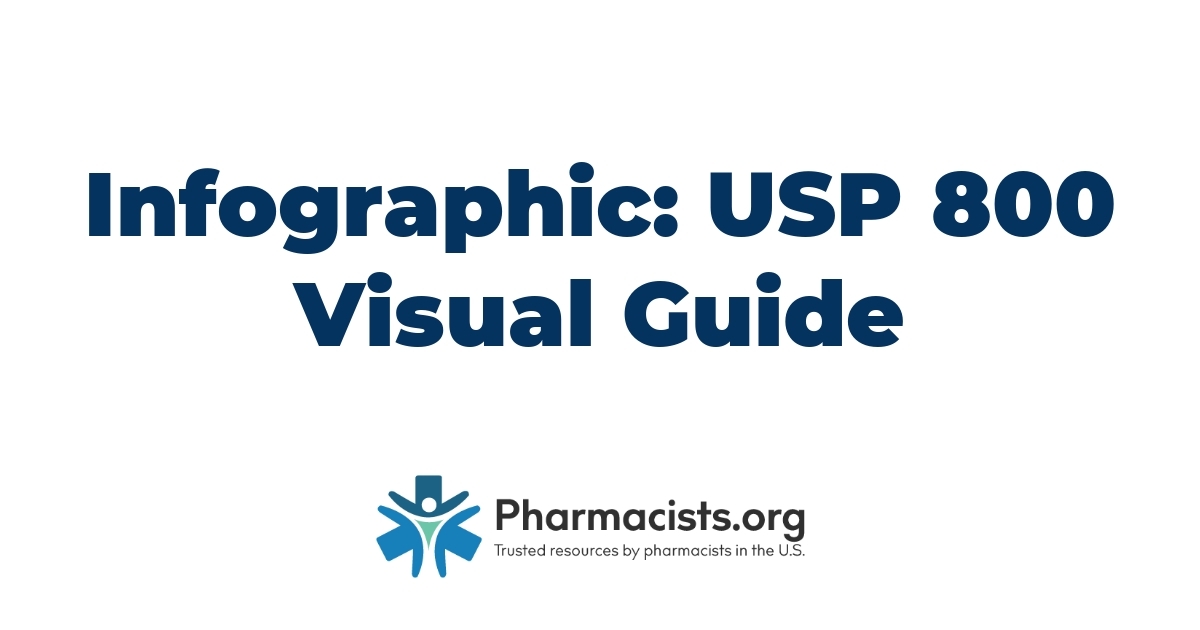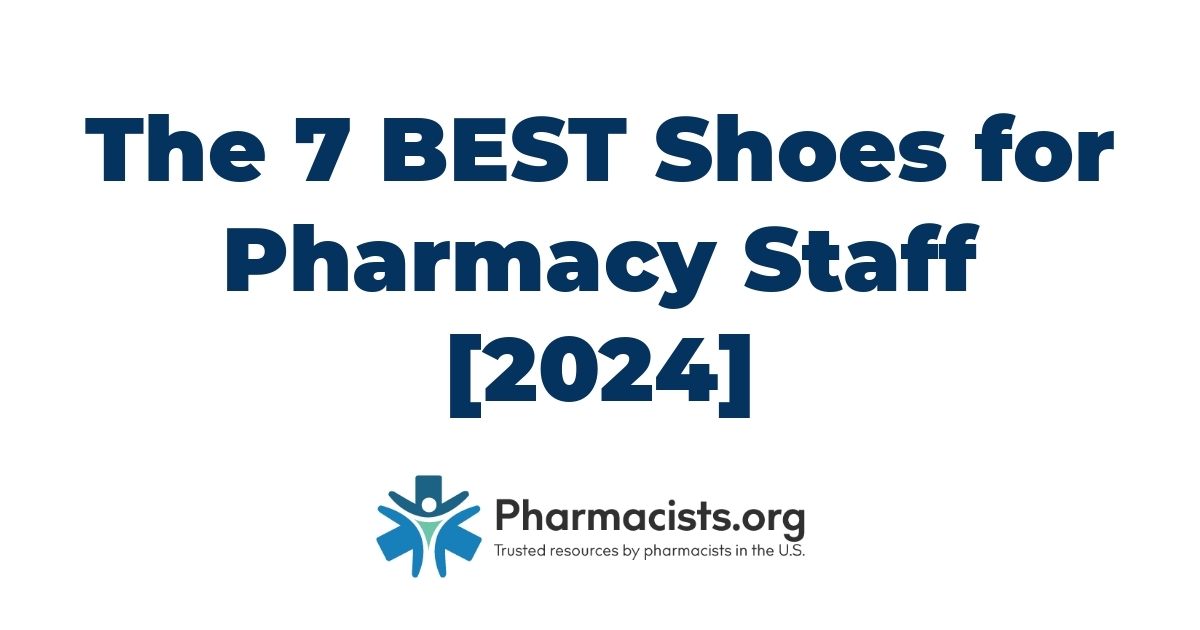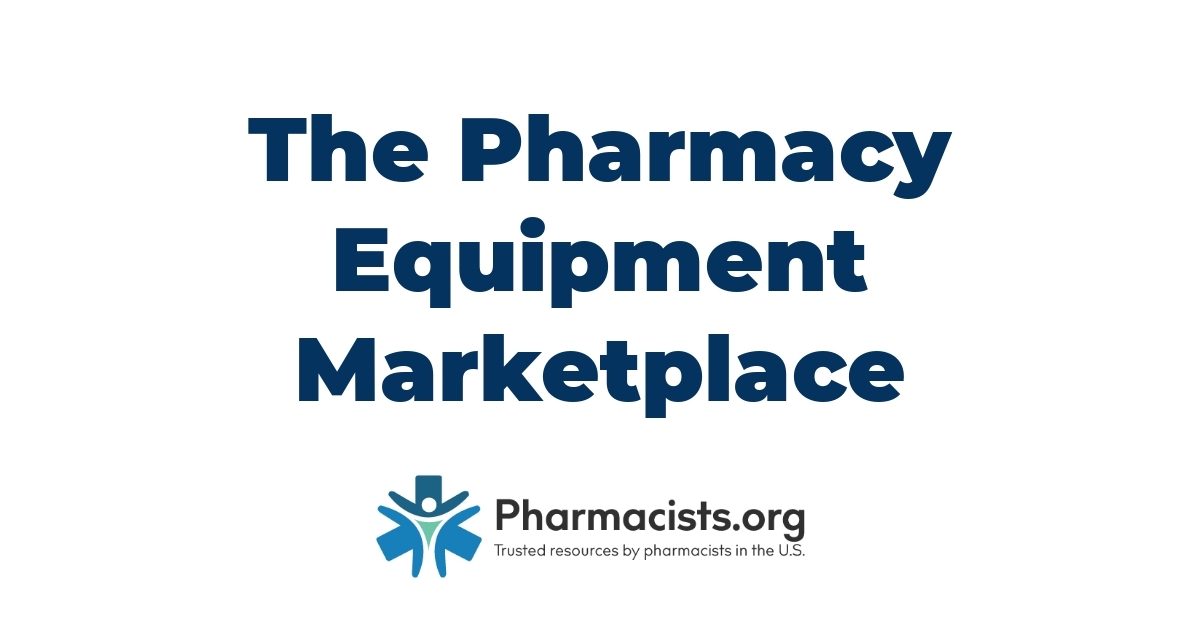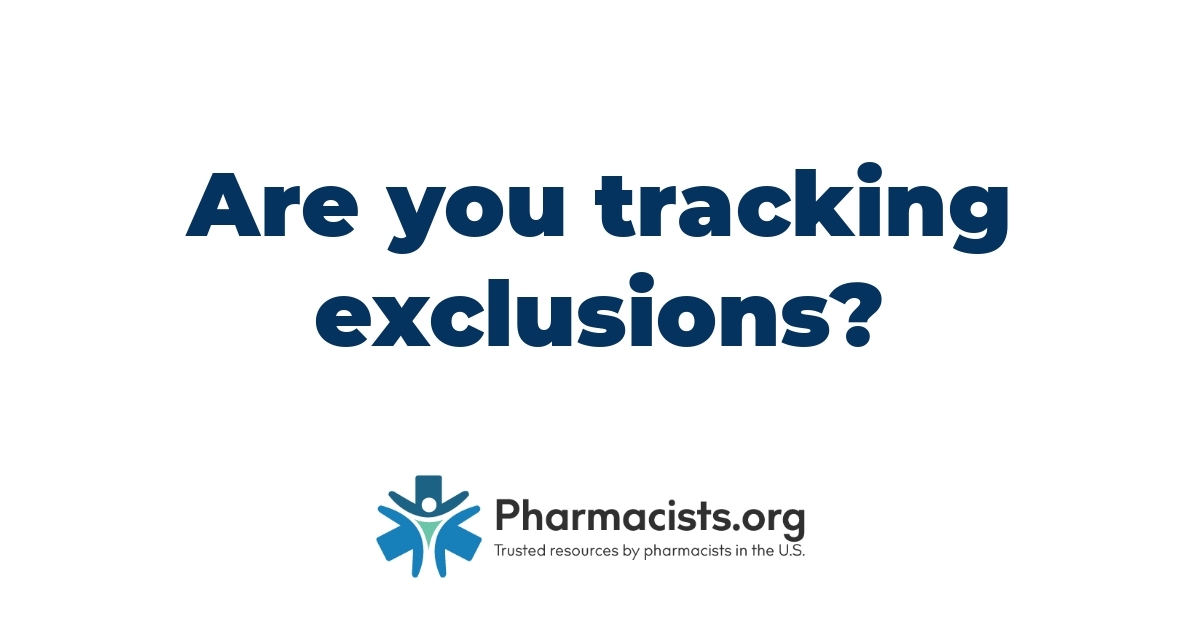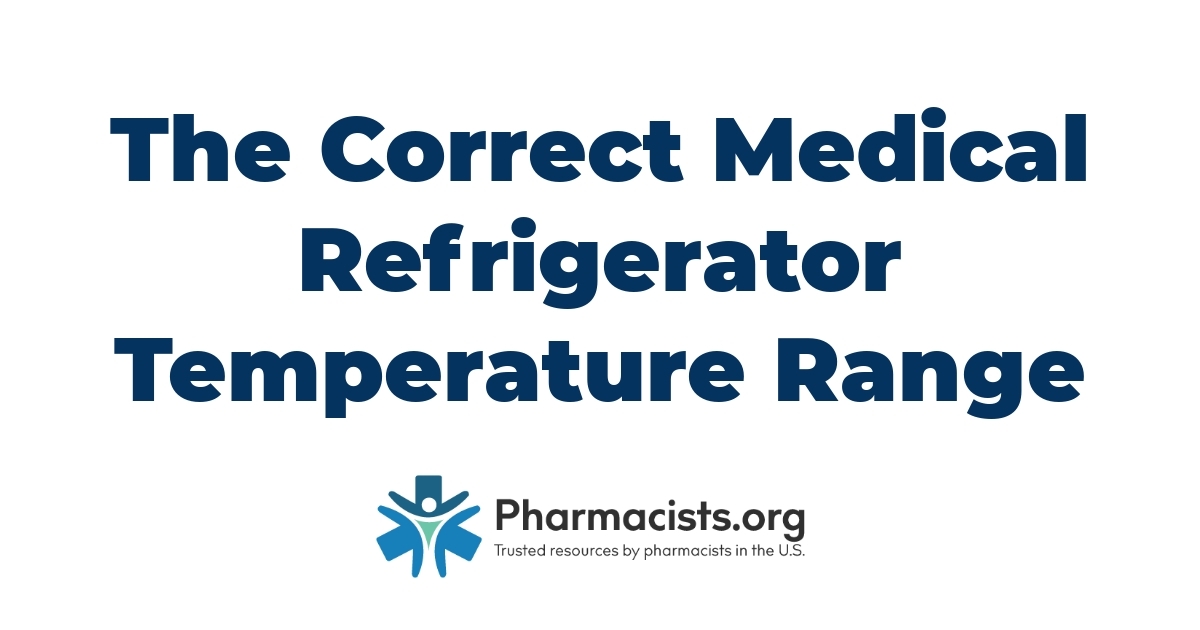Systems to quickly manage recalls are an important, but often overlooked, area of pharmacy operations. This was brought to the forefront of the public’s attention in 2018 with the recall of numerous angiotensin-receptor blockers manufactured by certain facilities in China.
In this article we’ll talk about drug recalls and how to manage a recall in the pharmacy.
Table of Contents
Drug Recall classes
For a quick review, here is how recalls are classified by the FDA:
Class I: a situation in which there is a reasonable probability that the use of or exposure to a violative product will cause serious adverse health consequences or death.
Class II: a situation in which use of or exposure to a violative product may cause temporary or medically reversible adverse health consequences or where the probability of serious adverse health consequences is remote.
Class III: a situation in which use of or exposure to a violative product is not likely to cause adverse health consequences.
Basically, a class I recall is severe and could kill someone; a class III recall could be, for example, dying the tablets light red instead of dark red, or mistakes in the labeling.
As you see more and more recalls, you will realize that most are listed as not classified. They do, however, contain instructions on what to do about a recall. Take for example this recent example of an alprazolam recall:
“Wholesaler: Immediately examine your inventory, quarantine and discontinue distribution of these lots. In addition, if you have further distributed the product, please identify your retail level customers and provide a list of customers via Microsoft excel file to [email protected] within 10 business days. Stericycle will notify your retail level customers that received the affected batches.
Retailer: Immediately examine your inventory, quarantine and discontinue distribution of these lots. Additionally, if you have further distributed the product, please identify the consumer and notify them immediately of this product recall. The consumer should be instructed to contact Stericycle at 1-888-843-0255 for the documentation packet to return the product.
Consumer: Please contact Stericycle at 1-888-843-0255 for the documentation packet to return product to Stericycle.”
Developing a recall management system
Recalls are a high-priority item and systems need to be developed in the pharmacy that minimize the time it takes from notification to removal of the affected product on the shelf.
On that note, there are lots of ways that pharmacies are notified of recalls, including:
- Faxed (usually by the distributor)
- Mailed (usually by the distributor)
- On the distributor’s website
- Through a recall management system
The problem with the first two is that there is a lag time between sending the notice out and receiving it. Another issue is that there is not a way to know for sure that you have received all the recall notifications. What if a notification for a consumer-level recall gets lost in the mail? While it might be unlikely, if it does happen your pharmacy could end up dispensing recalled medications unknowingly; in the case of a consumer-level recall, that could be fatal.
Take, for example, the time digoxin was recalled because the tablets were twice as thick (and thus had about twice the dose) as they were supposed to be.
For those reasons the first two methods, honestly, are outdated and should not be used as a primary means to manage recalls.
As one alternative, many distributors post all of the recall notifications on their website, providing you with timely recall information. Using this information can be effective to manage recalls; however, most distributors do not have features on their website to allow you document actions taken with each recall.
This can make it not only difficult to figure out whether or not a recall has been addressed but also what actions were taken. With this route, you might end up needing to print each recall out, document whether there were any on the shelf and/or what actions were taken, and put it in a recall binder or folder. Not ideal, but it would work.
By far the best option is to invest in a good recall management system. I personally have used RASMAS, from Inmar, and have been very happy with the product.
A recall management platform provides numerous advantages:
- Quick notification of recalls
- Ability to document completion of recalls electronically (eliminating the need for paper, including fax and mail notifications)
- Ability to document actions taken (ex. lot numbers you had on the shelf, if you returned to your distributor or through a reverse distributor, etc.)
- With individual usernames, the ability to document who checked the recall
These platforms are ideal, and it’s no wonder the vast majority of health systems use them to manage recalls.
Handling a consumer-level recall
If you do receive a consumer-level recall it is critical you know how to handle it correctly. Not notifying all patients, or not notifying them in a timely manner, can endanger their safety as well as leave the pharmacy open to liability.
Here is your step-by-step guide to handle a consumer-level recall:
Step 1: Determine what dispensing date range you will need to cover
The recalls should give you some indication of when the products started shipping. It is best to err on the side of caution and go as far back as they list. In the case of the above alprazolam example, the recall says this: “This batch was distributed in the U.S. between July 2019 and August 2019. The recalled lot is as follows:”
That means you should cover dispensing from 07/01/2019 (the earliest date you could have had the product) to present.
Step 2: Run dispensing reports in your software system
Don’t know how to do that? Call the help desk and ask. You need to get an accurate list of everyone that medication was dispensed to. It is best to run the report by NDC so you don’t get every alprazolam from any manufacturer you have dispensed.
Step 3: Call each patient
Here’s a good reason to be sure you are getting a phone number for every new patient at drop off.
Step 4: Document each conversation and actions the patient said they would take
The patient said they would drop the medicine off in your takeback bin? Told you they didn’t care, they were going to keep taking the medicine? Told you they already took all 90 pills you gave them a week ago?
Whatever they told you, it should be documented. I prefer to document right on the dispensing report, but you can certainly keep it on a separate page if you like that better.
On that note, here is a form for you to use for your consumer level recalls.
Many patients are going to have questions about whether or not they should keep taking the medication, what is going to happen to them, etc. For this reason, you should be sure to read the entire recall, including consumer level instructions, before calling them so you are prepared to answer those questions.
Another best-practice is to offer to call their doctor and try to get their medication switched to something different if the recall is going cause a backorder. When the ARBs were recalled, for example, you couldn’t get any of them for months.
Step 5: Follow up with patients that do not answer the phone the first time
I doubt most courts would be convinced of your efforts to notify the patient if you called once, left a message, and then checked them off your list and forgot about them. This is an area where having a clear policy in place about how your recalls are handled will help.
It is somewhat arbitrary, but we try on three different occasions (over a course of three different days). That includes leaving a message each time asking them to call us back.
Step 6: Keep everything with your pharmacy records
Your filing cabinet is probably the best place to keep these. You aren’t going to have many anyway, so one little folder in the back of a drawer should do just fine.
The law doesn’t clearly state how long you need to keep records of your actions to recalls, but because 10 years is generally the maximum amount of time healthcare records are kept, and they will not take up much space (and documentation of your actions could help provide a defense in court, if for some reason you needed it), it’s not a bad idea to hang on them for 10 years. If your company has a different policy you can follow that retention policy.
I am a pharmacist, community pharmacy consultant, and medical writer with over 12 years of clinical practice experience in community, outpatient health system, long term care, and academic settings. I am also the founder of PharmCompliance.com, a website dedicated to the success of community pharmacy.
As a pharmacy project manager, I led the implementation of new service lines, assist with ensuring legal and third-party compliance for over 70 retail stores, lead quality improvement and medication safety initiatives, write policies, procedures, and best practices for all our retail sites, and help with optimizing revenue cycle and pharmacy profitability. I have been responsible for DMEPOS and vaccine accreditation through CMS, obtaining new licenses and permits, and implementing a prescription drug kiosk embedded in our physician offices.
As a medical writer, my work has been featured in GoodRx, Pharmacy Times, Drug Topics, Patient Care Online, and in peer-reviewed journals. I have also given presentations on a range of topics, from disease state pharmacotherapy for medical residents to updates on the CDC vaccine storage and handling guidelines for a medical-grade refrigerator and freezer manufacturer. I have written and presented continuing education for CEImpact, FreeCE, AchieveCE, Ascension Health, and the Florida Department of Health.
